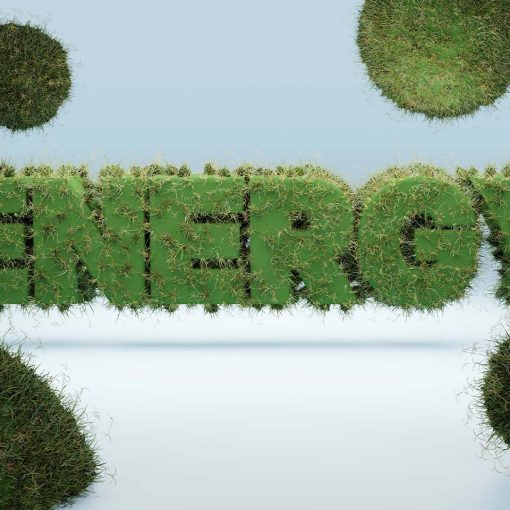
In an era where environmental concerns are at the forefront of global discussions, the term “green energy” has become ubiquitous. But what exactly is green energy? This article delves into the essence of green energy, its importance, and how it stands as a cornerstone for a sustainable future.
What is Green Energy?
Green energy refers to electricity and other forms of power that are generated from renewable, natural sources which have a minimal environmental impact. Unlike fossil fuels such as coal, oil, and natural gas, which emit carbon dioxide and other greenhouse gases contributing to climate change, green energy sources produce little to no pollution. The key characteristic of green energy is its ability to replenish itself naturally, unlike finite fossil fuels that deplete over time.
 Types of Green Energy
Types of Green Energy
The most common types of green energy include:
- Solar Energy: Generated by converting sunlight into electricity using photovoltaic cells or solar panels. It’s clean, inexhaustible, and can be harnessed anywhere on Earth where there’s sunlight.
- Wind Energy: Produced by converting wind currents into electrical power using wind turbines. It’s one of the cleanest forms of energy, as it generates no air or water pollution.
- Hydropower: Utilizes the flow of water in rivers or from man-made dams to generate electricity. It’s the oldest and historically largest source of renewable energy.
- Geothermal Energy: Comes from the heat within the Earth. This heat can be captured and used for heating buildings or generating electricity.
- Biomass Energy: Derived from organic materials such as crop waste, wood, and other plant material. It’s a renewable source of energy because new plants can be grown, but its environmental friendliness depends on how the biomass is harvested and used.
- Tidal and Wave Energy: Generated by harnessing the energy from ocean currents, tides, and waves. Though not as widely used as other forms, it represents a promising and endless source of clean energy.
Why is Green Energy Important?
The shift towards green energy is driven by the urgent need to address climate change and reduce the global carbon footprint. By transitioning to renewable energy sources, we can significantly decrease the amount of greenhouse gas emissions, thus mitigating global warming and promoting a healthier planet.
Moreover, green energy contributes to energy security and independence. Renewable resources are locally sourced, reducing reliance on imported fossil fuels and enhancing national security.
Economically, the green energy sector is a powerhouse for job creation, from research and development to manufacturing and maintenance of energy infrastructure. Furthermore, as technology advances, the cost of renewable energy continues to decrease, making it an increasingly competitive alternative to traditional energy sources.
The Path Forward
The path to a sustainable future is complex and requires the collective effort of governments, businesses, and individuals. Investments in green technology, supportive policies, and public awareness are crucial for accelerating the transition to green energy. While challenges remain, such as energy storage and grid integration, the potential benefits of a green energy-powered world are immense, offering a cleaner, healthier, and more sustainable planet for future generations.
In conclusion, green energy is not just an alternative; it’s the foundation for a sustainable future. By harnessing the power of the Earth’s natural resources, we can protect our environment, stimulate economic growth, and ensure a secure energy future for generations to come.
